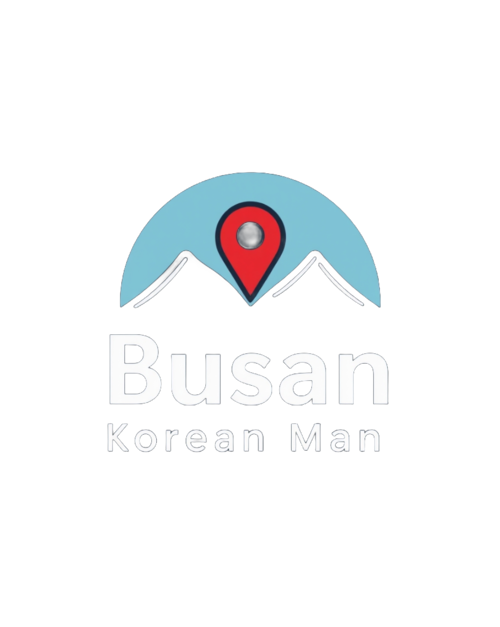Are you planning a trip to Asia and wondering if Seoul is in South Korea? Well, the answer may seem obvious to some, but for others who are not familiar with the geography of this region, it’s a valid question. In this blog post, we’ll explore everything you need to know about Seoul – its history, culture, demographics, and climate. By the end of this article, you’ll have all the information needed to answer the question: Is Seoul in South Korea confidently? So let’s dive right in!
Seoul: Where is it?
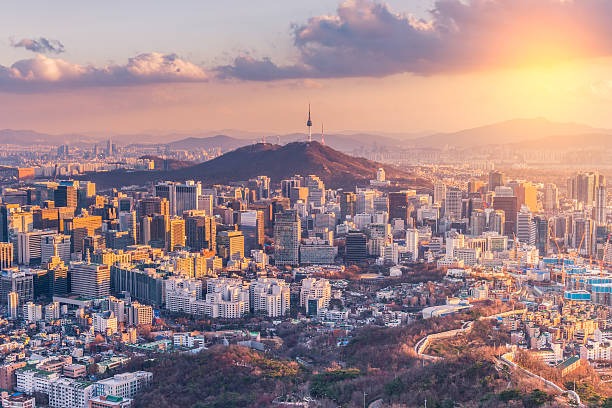
Seoul is the capital city of South Korea and one of the largest cities in the world. It’s a bustling metropolis that offers something for everyone – from historical sites to modern skyscrapers, traditional markets to high-end shopping districts, and an abundance of delicious food options.
The city has a rich history that dates back over 2,000 years and has been influenced by various dynasties and cultures throughout time. Today, Seoul is known for its thriving technology industry as well as its vibrant pop culture scene which includes K-Pop music and Korean dramas.
Seoul is also home to many beautiful parks and gardens, such as Namsan Park or Gyeongbokgung Palace Gardens, where visitors can take a break from the hustle and bustle of the city. Seoul is an exciting destination with plenty to offer both locals and tourists alike.
Seoul Geography
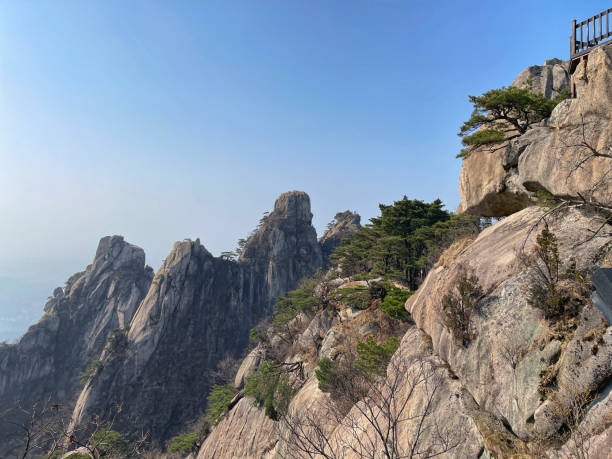
Seoul is the capital city of South Korea, and it lies in the northwest part of the country. The city covers an area of approximately 605 square kilometers, making it one of the largest cities in Asia.
Seoul is situated on the banks of the Han River, which flows through the center of the city. The river provides a scenic backdrop to many parts of Seoul and has significantly shaped its history and development.
The city is surrounded by mountains on all sides, with Bukhansan Mountain being one of the most prominent ones. This natural barrier has helped protect Seoul from invasions throughout history while providing recreational activities such as hiking and skiing opportunities.
Despite its mountainous surroundings, Seoul itself is relatively flat and consists mostly of high-rise buildings clustered around central areas like Gangnam or Myeong-dong.
Seoul’s geography plays a crucial role in defining its identity as a bustling metropolis that blends modernity with tradition amidst stunning natural scenery.
Seoul Climate and Weather
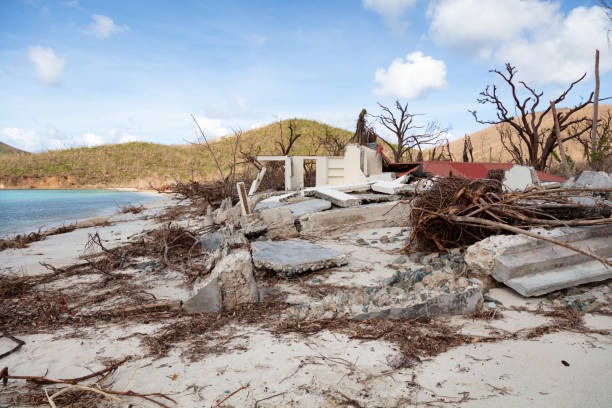
Seoul, the capital city of South Korea, has a humid continental climate with four distinct seasons. The summers are hot and humid, while the winters are cold and dry.
The summer season in Seoul lasts from June to August, when temperatures range between 22°C-30°C on average. Heavy rainfall is expected during this time as it is also monsoon season.
Autumn in Seoul occurs between September and November, characterized by mild weather conditions with occasional rain showers. This makes autumn one of the best times to visit Seoul due to its comfortable temperature and beautiful fall foliage.
Winter falls between December and February in Seoul, where temperatures can drop well below freezing point at night. However, winter sports enthusiasts will love visiting Seoul during this season as there are many ski resorts located nearby.
Springtime begins from March through May when cherry blossoms bloom all over the city, making it an ideal time for tourists who enjoy sightseeing or outdoor activities like hiking or cycling.
No matter what time of year you choose to visit Seoul, be sure to pack appropriately for the weather conditions that may occur during your stay!
Seoul History

Seoul, the capital city of South Korea, has a rich history that dates back more than 2,000 years. Originally founded in 18 BC as Wiryeseong by the Baekje Dynasty, it was later renamed Hanyang during the Joseon Dynasty in 1394 and finally became Seoul during the Japanese occupation from 1910 to 1945.
During its early days, Seoul served as a strategic military location due to its proximity to China and Japan. As time went on, it grew into a cultural hub with significant developments in literature, arts, and architecture.
Throughout history, Seoul has faced numerous challenges, such as being invaded by foreign powers. It also played an important role during World War II and the Korean War.
However, despite these hardships throughout history, Seoul persevered and continued to grow into one of Asia’s economic powerhouses with advanced technology and infrastructure while preserving its ancient culture through historic landmarks such as Gyeongbokgung Palace or Changdeokgung Palace, which are both UNESCO World Heritage sites today.
Seoul Demographics
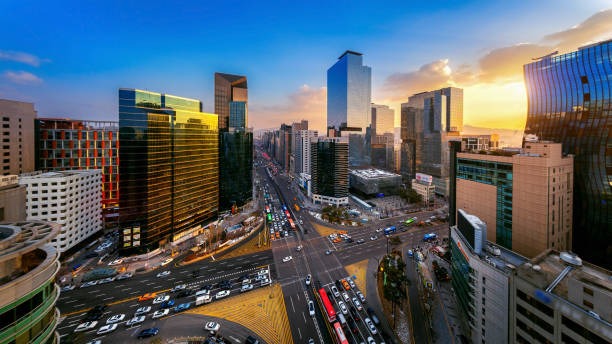
Seoul is the largest city and capital of South Korea, with a population of over 10 million people. The demographics in Seoul are diverse, with a mix of ethnic Koreans and foreigners from around the world.
The majority of residents in Seoul are Korean, making up approximately 97% of the population. However, there is also a significant number of foreign residents living in the city. These include Chinese, Americans, Vietnamese, Japanese, and many others.
In terms of age distribution, Seoul has a relatively young population compared to other cities worldwide. Around 30% of residents are under the age of 30 years old.
Seoul’s education system is highly valued by its citizens and reflects on their high literacy rates as well as achieving advanced degrees at some point throughout their lives.
Seoul’s demographics reflect its status as one of Asia’s most vibrant and cosmopolitan cities with an international outlook that attracts both local residents and newcomers alike.
What is a typical day in Seoul?
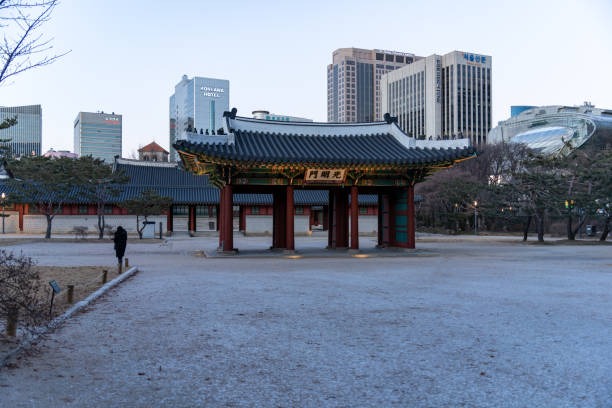
Seoul is a bustling city that never sleeps, and a typical day in this vibrant metropolis can be quite exciting. Locals usually start their day with a cup of coffee from one of the many local cafes before heading to work or school. Despite being a busy city, Seoul has an excellent public transportation system that makes it easy for residents to commute around town.
During lunchtime, people often go out in groups to grab some delicious street food or enjoy traditional Korean cuisine at restaurants. In the evenings, locals can be found hanging out at trendy bars and clubs or attending concerts and shows.
If you’re looking for some relaxation during your stay in Seoul, there are plenty of parks and museums to explore. Gyeongbokgung Palace is an iconic landmark that showcases Korean history, while Namsan Park offers stunning views of the city skyline.
Every day in Seoul can offer something new and exciting, depending on what you choose to do. Whether it’s trying new foods or exploring cultural landmarks, there is no shortage of things to see and experience in this dynamic city.
Conclusion ( Is Seoul in South Korea? )
Seoul is indeed located in South Korea. As the capital city of South Korea, Seoul has a rich history, diverse culture, and a bustling modern metropolis, making it one of Asia’s top tourist destinations. Its unique blend of tradition and innovation showcases its resilience as a city that has withstood various challenges throughout the years.
Whether you’re interested in exploring ancient palaces or shopping at high-end fashion boutiques, experiencing traditional Korean cuisine, or enjoying trendy cafes and nightlife venues – Seoul offers something for everyone. So if you’re planning your next vacation or simply want to learn more about this fascinating city, make sure to include Seoul on your list!
